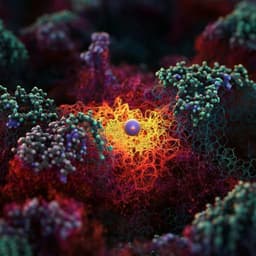
Engineering and Technology
A stable cathode-solid electrolyte composite for high-voltage, long-cycle-life solid-state sodium-ion batteries
E. A. Wu, S. Banerjee, et al.
Discover the breakthrough in rechargeable solid-state sodium-ion batteries with the innovative Na3-xY1-xZrxCl6 ion conductor. This research, conducted by Erik A. Wu and colleagues, reveals its exceptional electrochemical stability and compatibility with oxide cathodes, paving the way for safer, long-lasting energy storage solutions.
~3 min • Beginner • English
Related Publications
Explore these studies to deepen your understanding of the subject.







